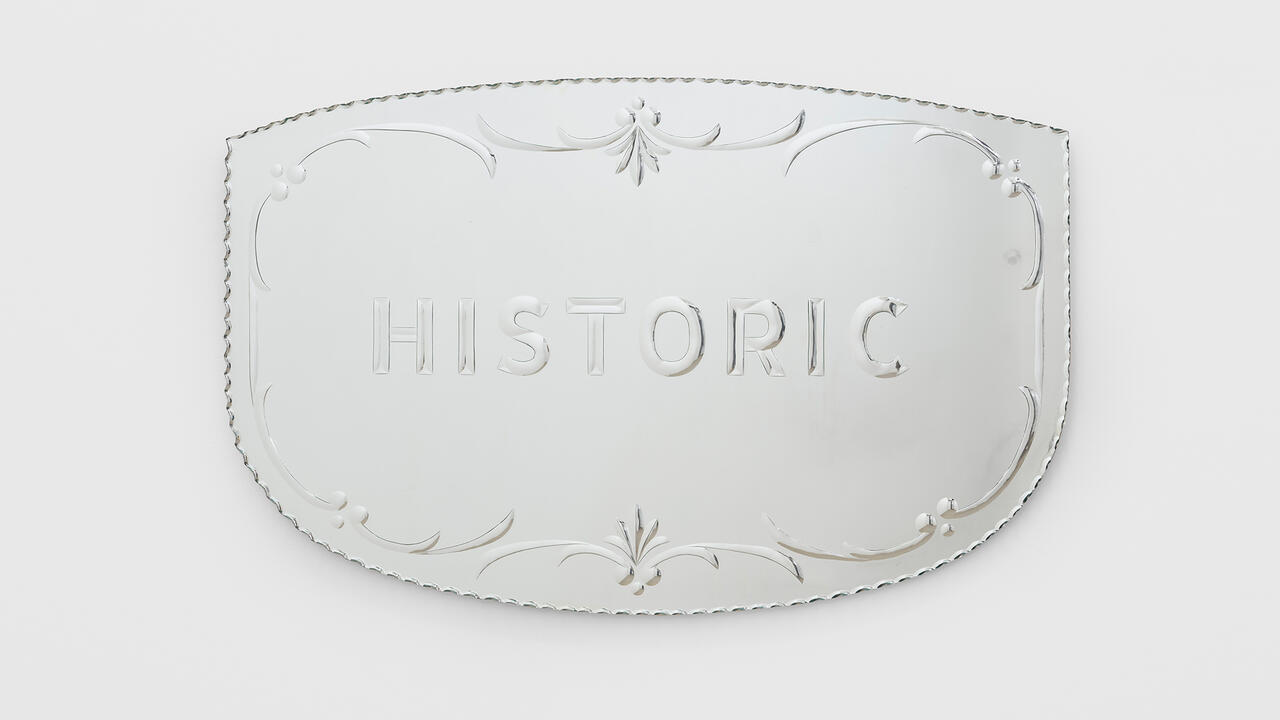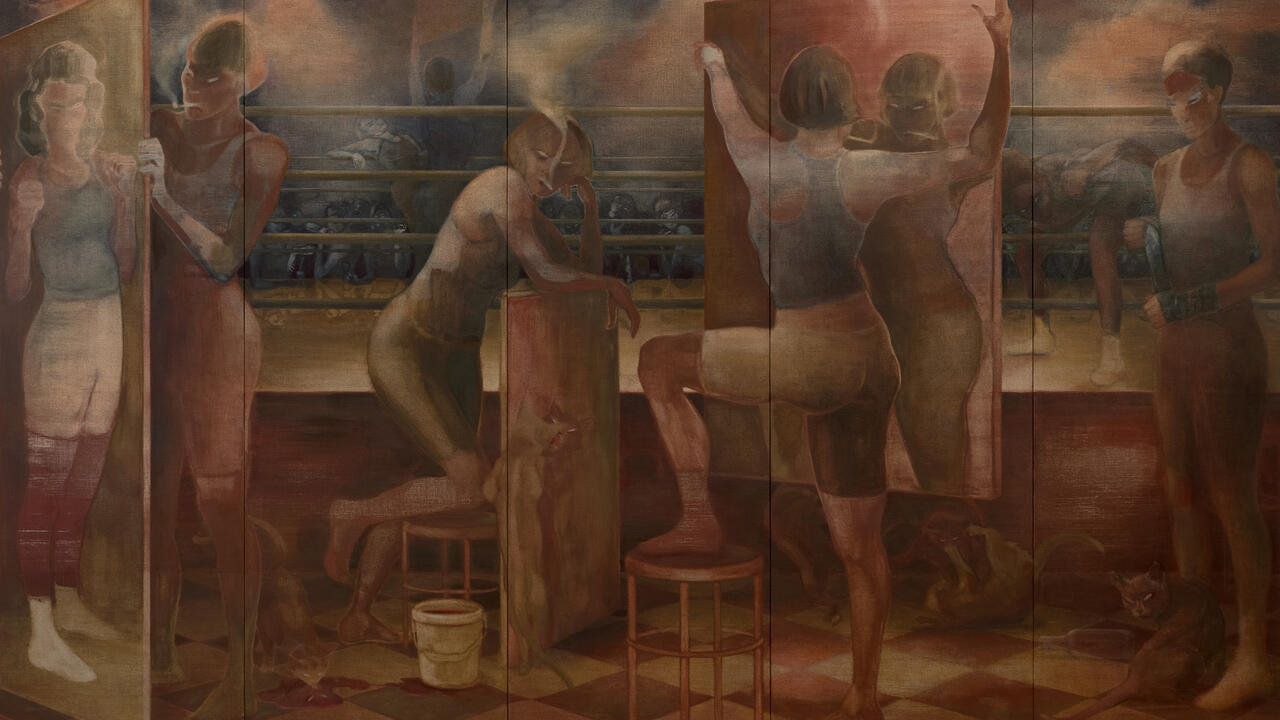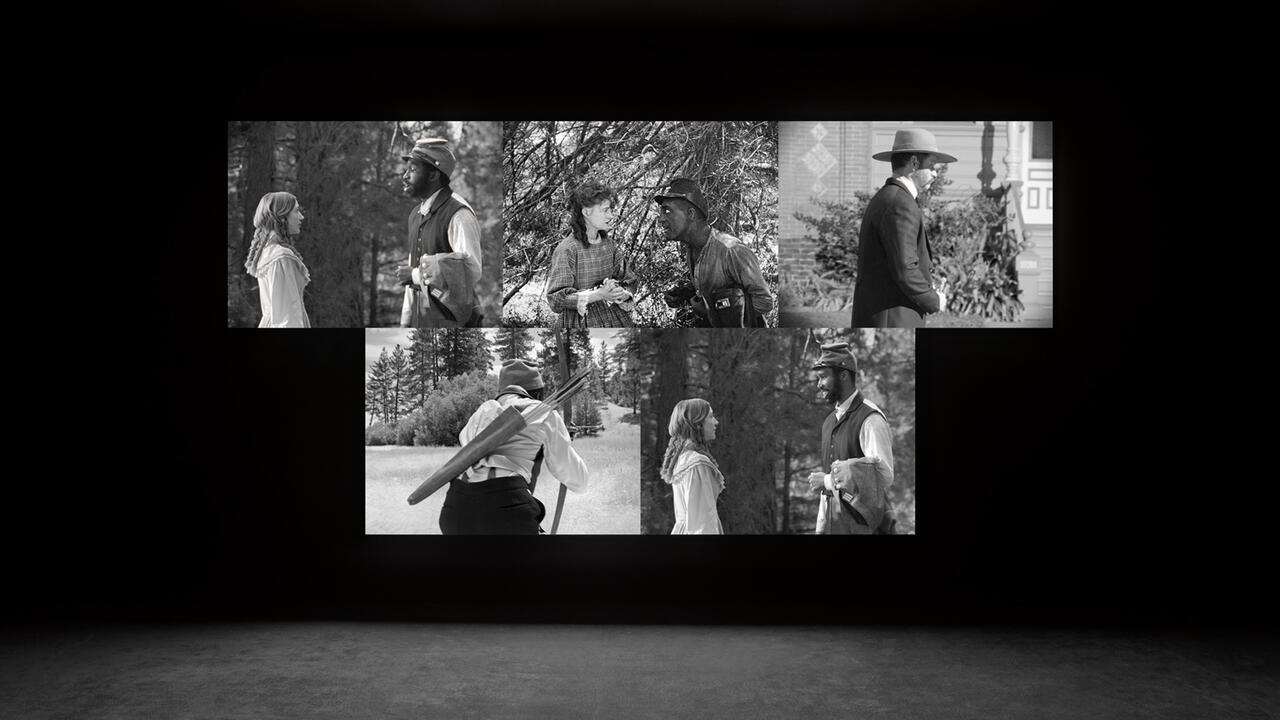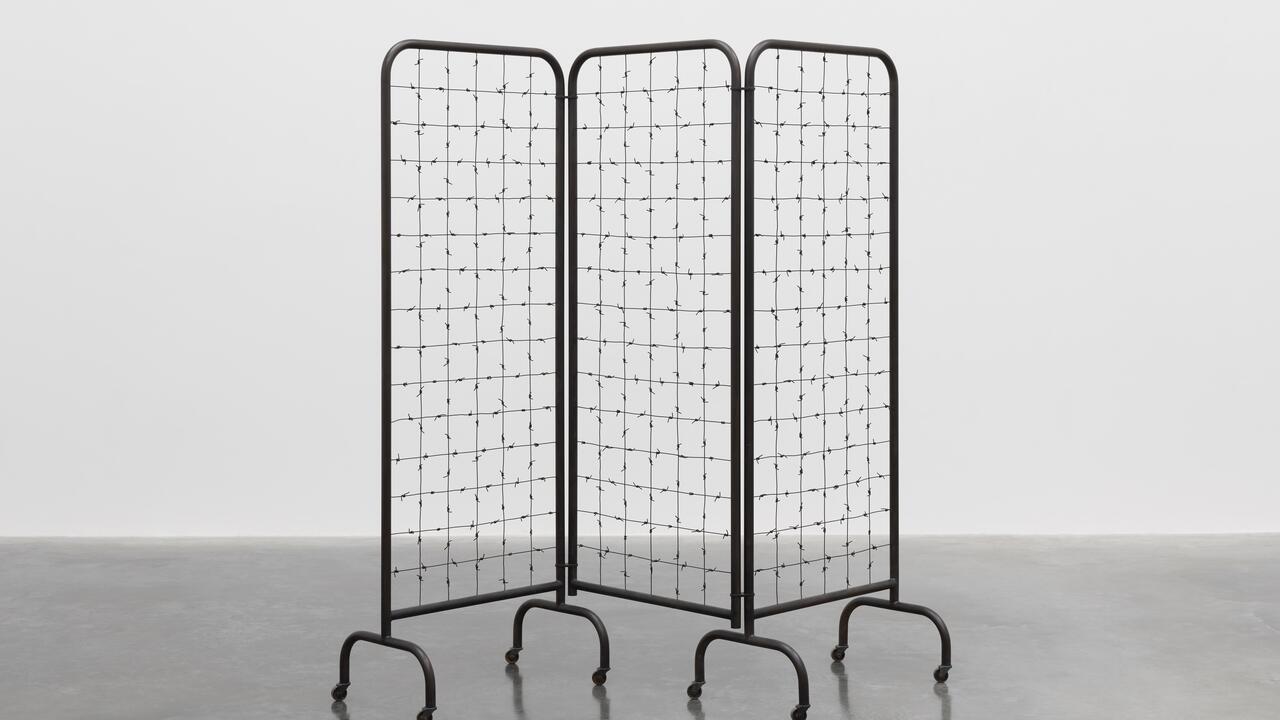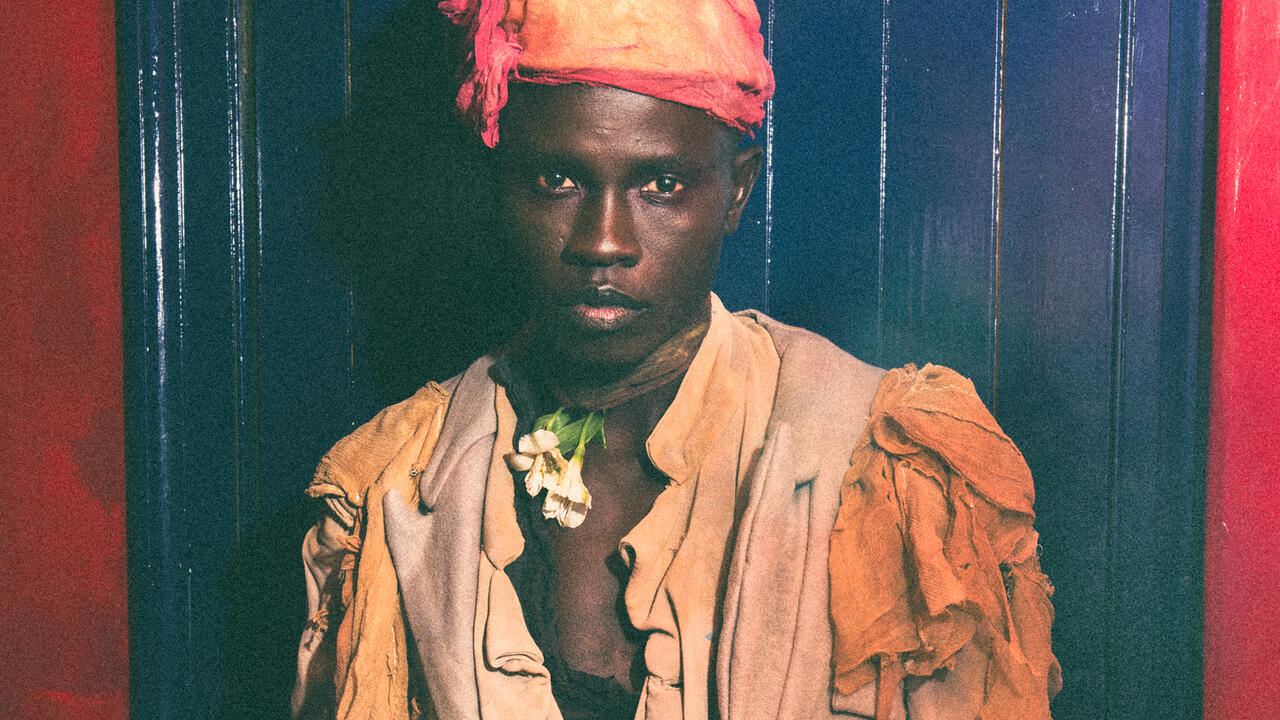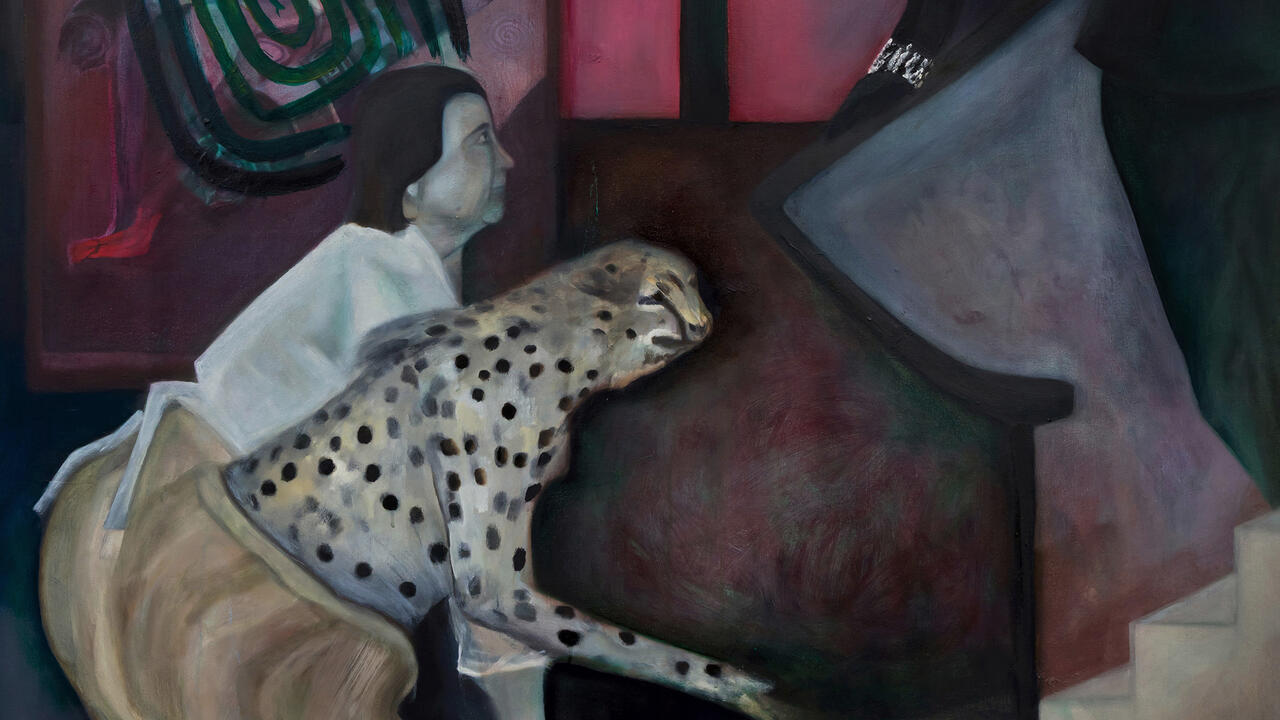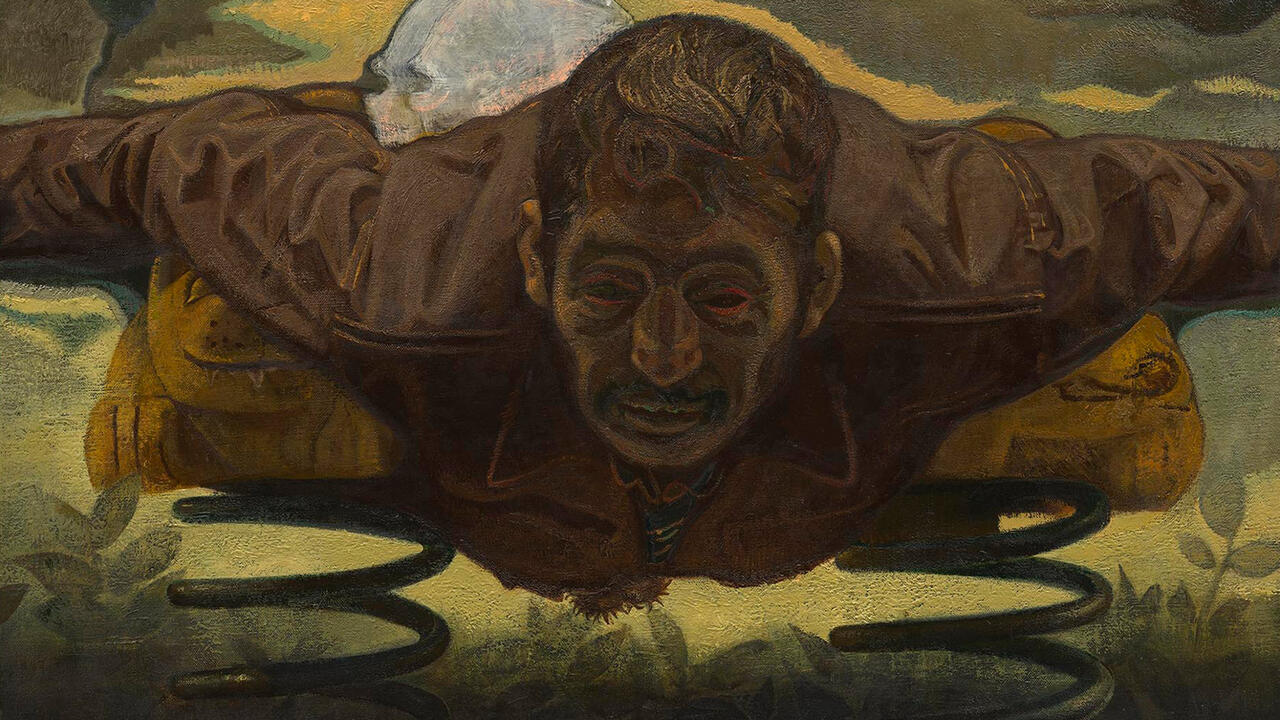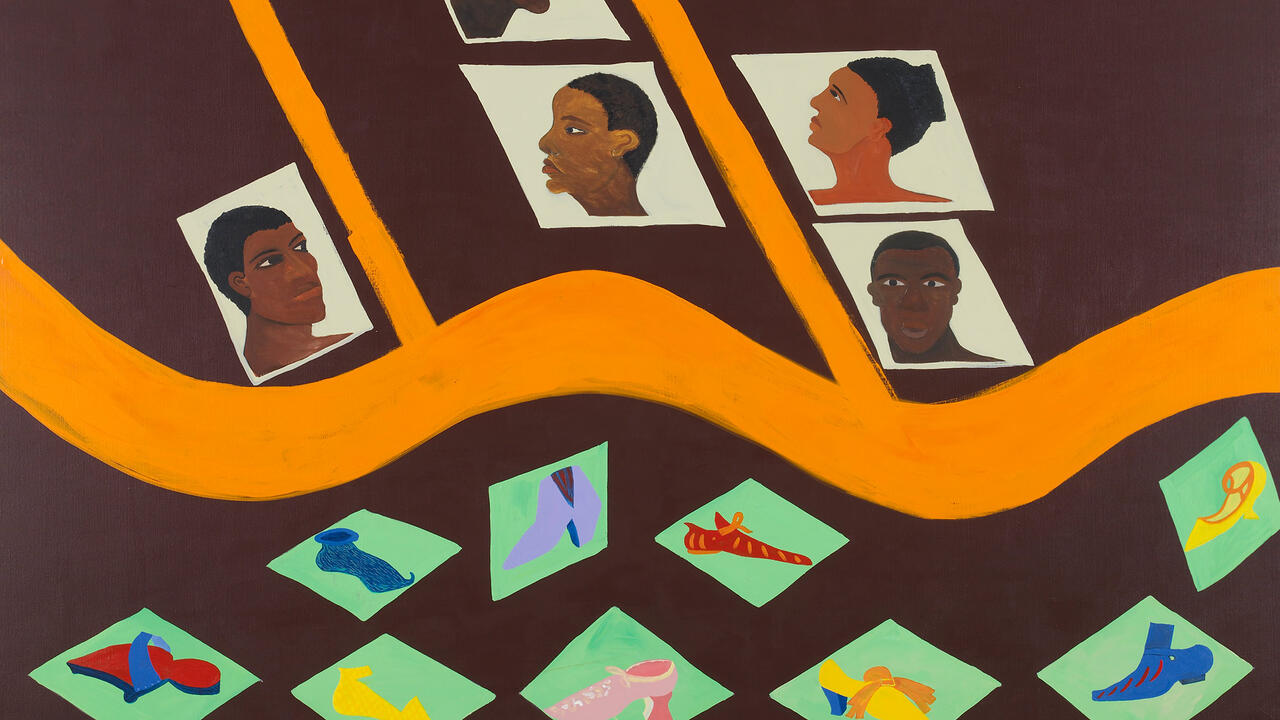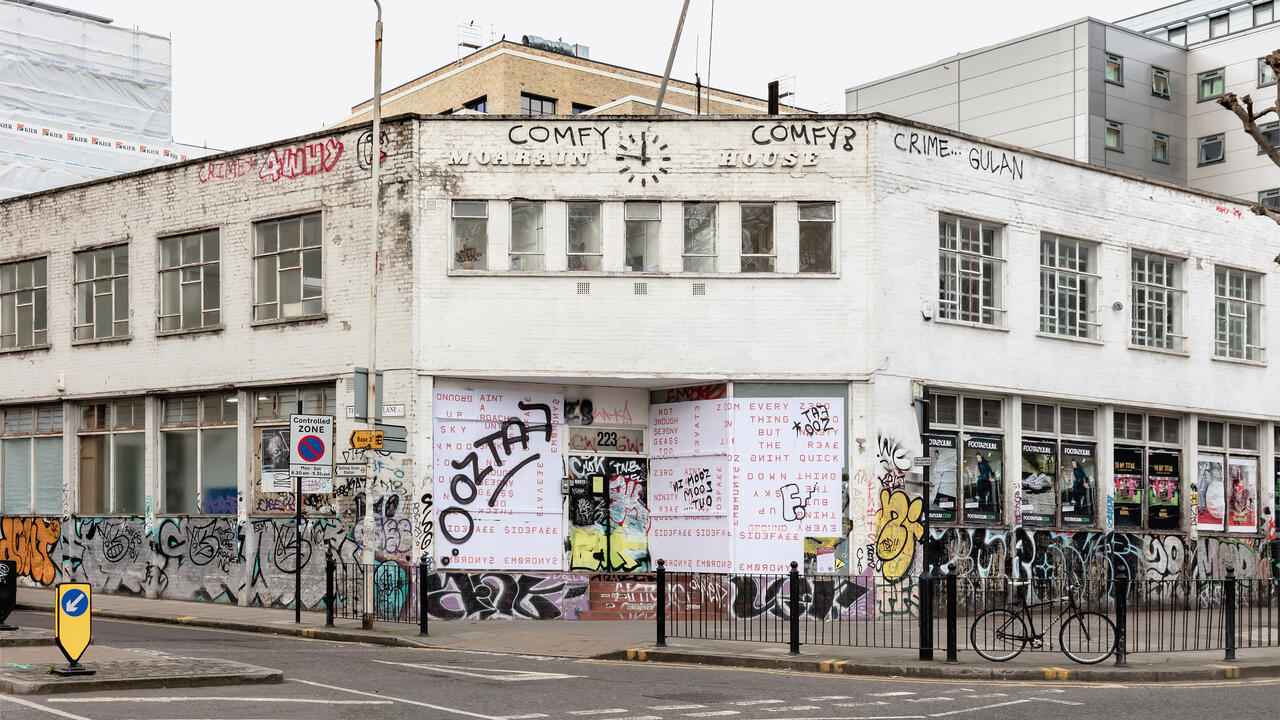Radical Nature
Barbican Art Gallery, London, UK
Barbican Art Gallery, London, UK

Taken at a glance, ‘Radical Nature: Art and Architecture for a Changing Planet 1969–2009’ could be mistaken for the research and development wing of some insane urban scientist with an extreme prejudice against nature. Trees are hoisted up onto their sides and forced to keep growing under the glare of artificial lighting (Fallen Forest, 2006, by Henrik Håkansson) or in one case posthumously dismembered, pinned back together then hoisted upright on steel wires (Anya Gallaccio’s meter, 2009). Tillandsia plants, feeding from the air alone, have been floated aloft on pillows of PVC (3 x 12MW, 2007, by Tomas Saraceno), whilst vegetables are lined up under striplights in regimented indoor allotments (Newton Harrison and Helen Mayer Harrison’s Full Farm, 1972). Weeds are marooned on an artificial island (Simon Starling’s Island for Weeds, 2003) and there is evidence of the merciless pumping of two tonnes of honey through lengths of thin, transparent tubing (Joseph Beuys’ 1977 Honeypump At The Workplace).
Since the late 1960s our attitude toward nature has been inspired or inflected by an increasing self-awareness that we’re all directly or indirectly fucking it up. ‘Radical Nature’ sets out to trace attempts to collaborate with nature through the work of 25 artists and architects over that period. Buckminster Fuller suggestively renamed our own planet ‘Spaceship Earth’, stressing our interconnectedness both with each other and the limited resources of the sphere we travel on. In the short documentary shown here, Modelling Universe (1976), he declares: ‘I’m not trying to imitate nature, I’m trying to discover the principles she is using’. What Fuller discovered led him to create the geodesic dome, the architectural form that even now stands as visual shorthand for eco-efficiency and inclusive co-existence.
Luke Fowler’s 2007 film Bogman Palmjaguar is a portrait of a man diagnosed as a paranoid schizophrenic who struggles to see the borders between his own mental landscape and the landscape he inhabits. He talks passionately about the Flow Country, the vast and inhospitable expanse of peatland at the very north of Scotland. At a difficult stage in his early adult life, he tells us, he learnt not to look directly at people so as to prevent them thinking he was sexually interested in them. Nature became his non-judgmental friend. But, as someone asks him of the Flow Country: ‘It’s not a place for human beings is it?’ ‘I think humans can become a part of it,’ he replies unhesitatingly, ‘I did.’

Werner Herzog has been making films for the last five decades and a slew of them form a mini-retrospective in the accompanying film programme. Two dominant modern attitudes toward nature are neatly summed up in his 1999 documentary My Best Fiend, about his tempestuous relationship with actor Klaus Kinski. On location in the Peruvian jungle, Kinski giddily straddles a fallen tree screaming about how beautiful nature is whilst a wary young Herzog talks coldly of its venality and indifference. Equally indifferent, as Robert Smithson was aware, is the attitude of large industry when shorn of morality or an awareness of the casual violence it inflicts upon the landscape. ‘The world needs coal and highways, but we do not need the results of strip-mining or highway trusts,’ he wrote in 1971. Finding a way to have one without the other still seems like a Utopian dream worth fighting for.
Smithson’s own large-scale earth movements now fall under the gaze of the Los Angeles-based Center for Land Use Interpretation which has spent the last 15 years raising awareness of our ‘economic, social and political relationships with the land’. Using databases, bus tours, lectures and photography they give equal attention to US military land uses as they do to the monuments of the Land Art movement. With still images and a string of facts, The Trans-Alaska Pipeline (2008) takes us along the longest oil pipeline in the US. It’s a huge, mechanized drinking straw that allows people on one side of the state to suck up and distribute oil from the other. Like most by-products of human desire it ain’t pretty, but the non-judgmental and relentless documentation of it leaves you thinking maybe it’s time we got over ourselves and accepted that the world is going to get worse before it gets better.
‘Radical Nature’ is an ambitious survey show that activates potentially dry archival material with restaged installations as well as new commissions. The recreation of Agnes Denes’ Wheatfield – A Confrontation amongst the building sites of East London’s regenerative Dalston gave one a sense of the original’s symbolic power. Back in 1982 Denes brought into existence a rectangular two-acre field of wheat on an arid, grey peninsula of landfill in Battery Park, New York which was later harvested and transplanted round the world. Wheatfield – A Confrontation contrasted an essentially symbiotic relationship to the land with a metropolis wholly removed from the agricultural processes that keep it going. In one archival image, standing proudly amidst bright yellow ears of wheat, a staff in one hand, is Denes. Against the monochromatic monoliths of the New York skyline she looks beautifully anachronistic: like a visitor from another world, freshly landed on her magic carpet of corn, wondering what the hell this place is.









